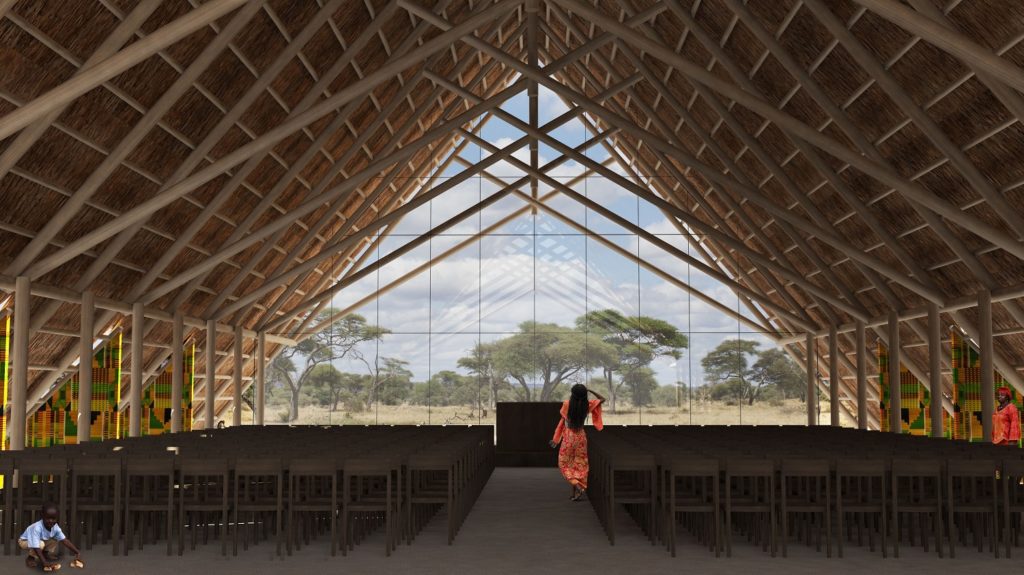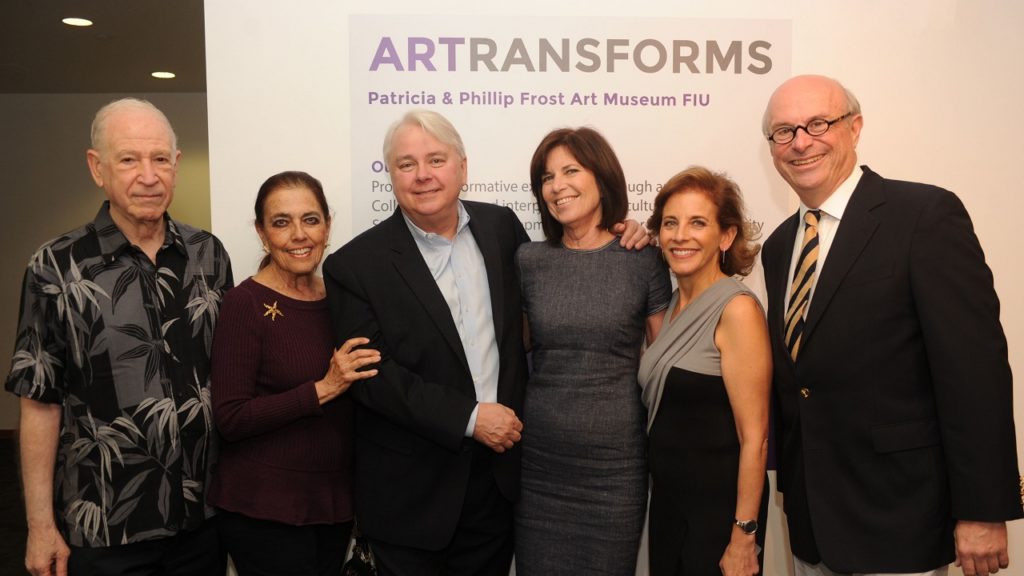Special to the Philanthropy Journal
By FleishmanHillard Staff
 This article is part of an ongoing series with FleishmanHillard, a full-service global public relations agency. The firm specializes in multiple channels and industries including nonprofit, consumer, healthcare and technology. The group is driven by a mission to go beyond for clients and to consistently develop bold work that creates value and changes conversations. In line with this mission, members of the FleishmanHillard team will continue to share their expertise and insights on topics that touch both the professional and personal lives of those in the workforce.
This article is part of an ongoing series with FleishmanHillard, a full-service global public relations agency. The firm specializes in multiple channels and industries including nonprofit, consumer, healthcare and technology. The group is driven by a mission to go beyond for clients and to consistently develop bold work that creates value and changes conversations. In line with this mission, members of the FleishmanHillard team will continue to share their expertise and insights on topics that touch both the professional and personal lives of those in the workforce.
Nonprofit professionals are challenged daily to communicate to two separate audiences: The first group is made up of current donors, advocates and volunteers, and the second group are those who still need to hear about the mission and organization. One of the most effective and efficient ways to reach both parties is through media.
However, because today’s media landscape offers a variety of channels and forums to consume news, it’s crucial to understand how to pitch each type of media. A one size fits all approach simply does not work.
Below are six quick tips on how to successfully work with each segment of the media– from print to podcasts.
Media Type: Bloggers
Tip by: Robin Shroyer, Vice President
Practice: It is crucial to review several blog posts and all associated social platforms prior to partnering with a blogger or social influencer. Through this you’ll gain an understanding for how the blogger speaks and the type of content they like to promote. It’s also imperative that you ensure their content is appropriate for your brand – whether that means reviewing for unsavory content, language or overly combative online behavior. When approaching influencers for partnerships, be sure to leave room for the influencer to be creative so that they can make the sponsored content truly their own.
Pro tip: Be mindful of the fact that influencers view their platforms as their brand and often expect some level of compensation for formal partnerships.
Media type: Broadcast
Tip by: Jayme Owen, Senior Vice President & Brittany Melvin, Account Supervisor
Practice: The first step of knowing how to approach broadcast is to first look at the type. Is it national or local, dayside show or morning show, local evening news or the morning broadcast? Taking this first step will help determine what the contact you’re reaching out to will be most interested in and need for the segment.
For local, make sure you’re offering a local spokesperson who is comfortable on camera. This offers the reporter someone they can also return to for future segments! If it’s a human interest story, consider where a reporter might meet with your spokesperson to do the interview. This can deepen the story-telling process and offer a strong visual.
The next step is to determine what type of news you have. Broadcast reporters turn on a dime and are often covering breaking news. If your story is “evergreen” (lacking a timely news hook), it may take the backburner to something is pressing- which is OK. Simply let your contact know that you’ll circle back with them.
Many of these elements hold true for national broadcast media as well. However, you’ll find pitching national morning shows vs dayside shows is very different – similarly, national business shows are another animal.
Pro tip: One of the biggest factors we have found for success with national broadcast media is having extra visuals, like b-roll and other imagery they can use to build out the story or use for the story setup before a live interview starts.
Media type: Print
Tip by: Alex Baumann, Managing Supervisor
Practice: Print reporters are especially challenged to maintain readership in an increasingly digital-first industry. As such, they are fiercely loyal to keeping their content relevant and helpful for readers. No matter whether you’re working with a long-lead magazine or local newspaper editor, be sure to first ask yourself, “Is this a story I would see in this publication?” If the answer is no, then move on. Editorial calendars, which can be found on publication websites, are especially helpful to see what type of content they’re planning for in each issue. Lastly, timing is everything for magazine editors! They work at least three to six months ahead of publication, so plan your outreach accordingly.
Pro tip: Shrinking newsrooms mean many magazines and newspapers are turning to freelance writers to develop content. Building a relationship with a freelancer can open the door to multiple publications.
Media Type: Digital & Emerging Media
Tip by: Caleb Fernandez, Senior Account Executive
Practice: Unlike long-lead, print media (who focus on the future and what’s to come) – digital and online emerging media focus on what’s happening now, in real-time. Before pitching, first stop and ask—how does this story tie into what’s happening in the world at that very moment? Beyond finding that timely hook, it is pivotal to always research the person you’re pitching. Think about what interests them. Is there a way to make a personal connection?
Pro tip: With all the research you’ve done to confirm this is the person you want to pitch, put it into play by showing the contact that you are a fan of what they’re writing and link to their current work!
Media type: Podcasts
Tip by: Vanessa Donohue, Account Supervisor
Practice: Before reaching out, listen to multiple episodes of the podcast you plan to pitch. This will provide an understanding of the type of content the show covers, if guests come on the show and who these guests typically are. Many times podcasts can get personal and hosts will offer a glimpse into their preferences and interests, offering an additional layer of tailored outreach. Through these steps, you’ll be able to obtain thorough background knowledge of the show (and host), enabling you to position your idea in the best light.
Pro tip: Make sure to listen closely after the segment. Some podcasts will actually offer up the contact information at the end of the show to share your ideas along with the best way to pitch them!
Media type: Radio
Tip by: Kristen Robinson, Assistant Account Executive
Practice: Research is key before reaching out to a station to determine whether or not your pitch is a fit. The most important thing to remember is to be clear about how the pitch relates to the local market. Music stations may mention local events, but news radio is your best bet to cover a story. News radio, such as local NPR affiliates, are most interested in stories that relate to current news or recent studies with a local tie, especially if you can provide an interview with a prominent local spokesperson to further discuss the content and its impact on the community.
Pro tip: See if the station has a social media presence. If they aren’t able to mention the story or event on the air, they may be open to posting about it on social media!
FleishmanHillard is a global integrated communications and public relations agency with over 80 offices in 30 countries. To read more articles in the nonprofit lifestyle series, click here.





